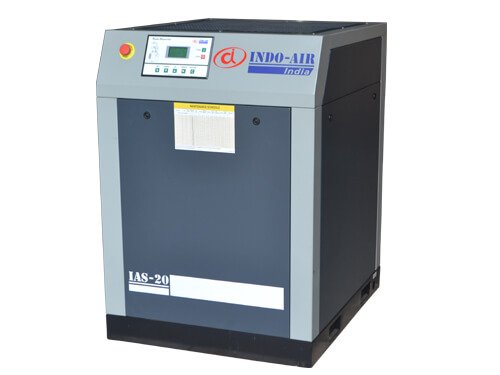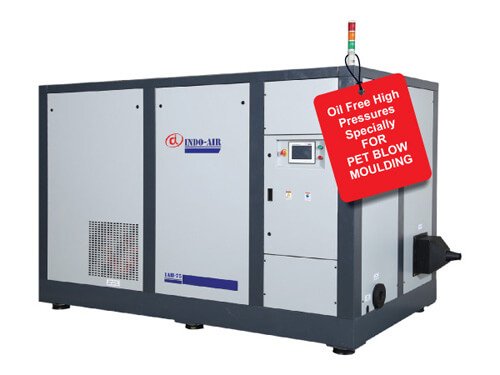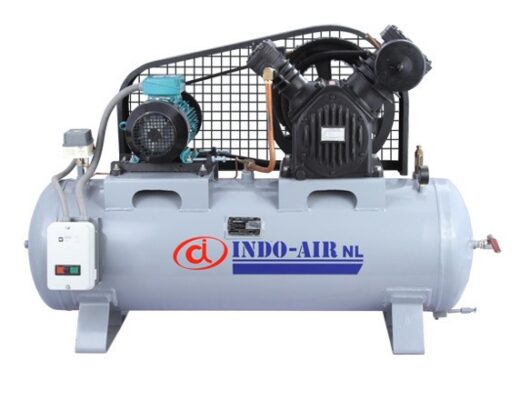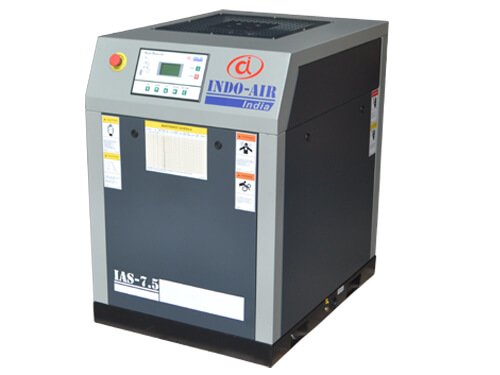Many people don’t have adequate knowledge of the relationship between relative humidity and dew point and its effect on compressed air systems. Even those who work in this industry don’t have a sufficient idea about these two terms. Knowing the relative humidity percentage and dew point temperature will not only assure that your compressed air systems are working properly but also it can save you from expensive errors. If you are planning to purchase booster air compressors from reputed screw compressor manufacturers in India, you should have adequate knowledge of relative humidity and dew point.
Let’s take a look at these two in detail.
What is the dew point?
Dew point is the temperature at which air becomes completely drenched or saturated. The lower the dew point temperature, the less moisture will be in the air. Cold air grasps less moisture, so the lower the temperature, the less moisture that the air can grip. If moisture is absent even when you take it to a very cool temperature, this means the air is parched. By using a hydrometer, you can measure the dew point. The hydrometer is often known as a dew point meter.
Relative humidity
The relative humidity is shown as a percentage. This is basically the amount of moisture in the air compared to the amount of moisture needed for the air to be 100% saturated. The relative humidity percentage depends on how close the actual air temperature is to the dew point temperature. The closer the air temperature is to the dew point temperature, the closer you are to condensation. Relative humidity alone doesn’t imply how much moisture is in the air. This depicts how close you are to saturation.
The relative humidity is also directly proportional to the temperature. So, at 40 degrees F with around 100% humidity, it has less moisture in the air. That’s why during the cooler days, the air will feel much drier. Though the RH rate is the same still, you will experience drier air. So, when the temperature hits the RH at 100%, you will hit the dew point comfortably.
So, in a nutshell, the dew point depicts how much moisture is in the air, and relative humidity gives an idea of how close your current temperature takes you to your desired dew point. That’s why you need to understand the relationship between these two when you are using a compressed air system.
For people who are looking for liquid-free compressed air, a higher RH (near 75%) is acceptable. On the other hand, in a food application, you must try to keep the moisture volume (or dew point) very low to abolish biological growth in the pipe network. You could keep it 1% RH.
While operating air compressor systems, clean and dry compressed air may lessen operating costs and improve overall production. If any water particle is present in your compressed airlines, this may cause major hindrances, as it can damage tools, end products, and can lead to pricey shutdowns. In other applications, machines may rust internally, and food could be tarnished.
Some common problems with water in compressed airlines:
· The equipment will rust and enhance wear
· Discolours the equipment and finish of paint applied with compressed air
· Control lines will freeze in colder weather and hamper production
· Corrosion will happen in the air as well as gas operated instruments
· Can give false readings on instruments
Thus, if you know the proper RH percentage and dew point temperature, these can make a big difference in operational costs and shutdown, and will also hamper the facility to run smoothly.
Indoair is an eminent screw compressor manufacturer in Ahmedabad that offers a wide range of compressors, including booster air compressors, high-pressure air compressors, and many more.
By visiting the official site of the company, you can check all the products and their features. If you are looking for an air compressor for your facility, you can ask them for a quotation.




